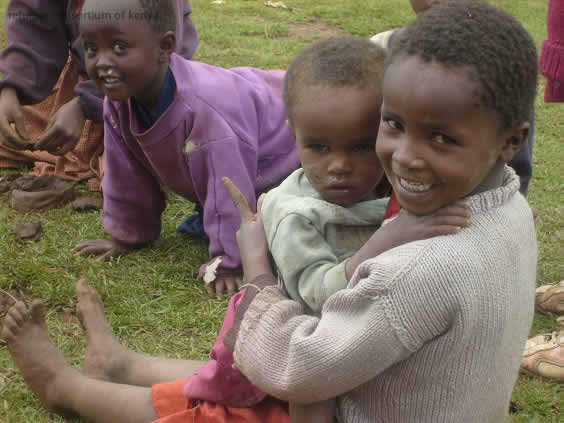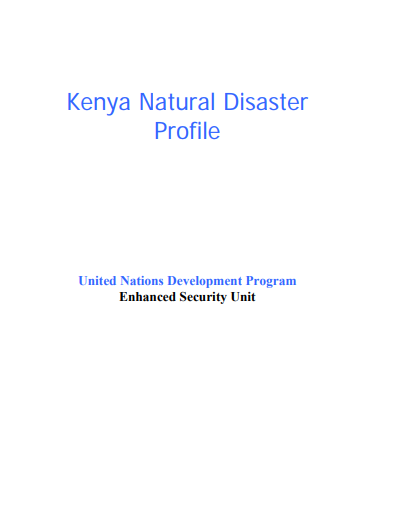INTERNALLY DISPLACED PERSONS
According to the United Nations Guiding Principles on Internal Displacement (1996), “Internally displaced persons (IDPs) are persons or a group of persons who have been forced or obliged to flee or to leave their homes of habitual residence, in particular as a result of or in order to avoid effects of armed conflict, situation of generalised violence, violations of human rights or natural or human-made disasters, and who have not crossed an internationally recognised State border”. There are more IDPs in the world than refugees.








